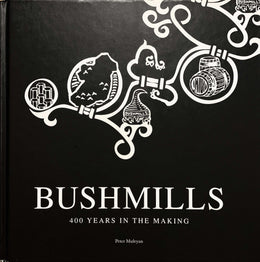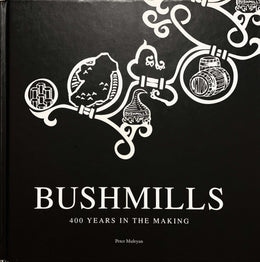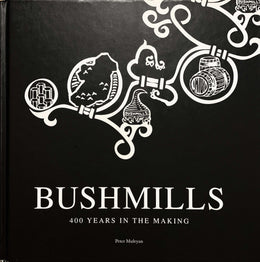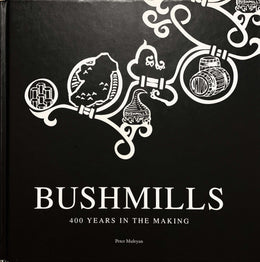
Port Ellen Distillery in operation in 1970.
REBUILDING BEGAN IN THE SPRING of 1966 and was completed on 1 April 1967. The old distillery had been well designed: so the shells of some of the original buildings were retained. Some of the new buildings replaced others where the same part of the process had been carried on a hundred years earlier. The cost of renovating the distillery ran to around £400,000 and the main contractor was W H Rankine Ltd.
The barley intake and dressing plant were completely renewed and uprated. The No 1 malt barn was unaltered but the No 2 barn was extensively modernized with the introduction of a cylindro-conical steeping vessel equipped with automatic aeration. The No 2 kiln was reconstructed and a new wedge wire floor installed.
The malt storage silos were refurbished and enlarged and a new roof was fitted. The mill room was rebuilt and a 4 roll Porteus mill purchased. A new mash tun was installed with the mashing process controlled from a central panel incorporating all the necessary instruments and electrical switchgear. Wort was transferred to the washbacks via an overhead filling line to prevent residual liquid in the pipe causing bacterial spoilage of the fermentation. The tunroom roof was renewed and heightened to hold 8 washbacks made of larch, each with its own electrically driven "switcher" unit to prevent froth overflow. The copper distillation plant was made by R G Abercrombie and comprised 4 plain headed stills each feeding a copper shell and tube condenser. The stills were heated by direct coal fires fed by Prior underfeed stokers and were fitted with temperature and fill height sensors to assist the stillman. The steam raising boiler was capable of evaporating 8,000Ibs of water per hour and was fed by 2 Prior underfeed stokers. A new receiver room was built of steel and brick to hold 2 cast iron low wines and feints charging vessels.


Port Ellen Stillhouse in the 1970s
The low wines and feints receiver was also constructed of cast iron but the spirit receiver was made from oak staves. The spirit store walls were heightened and a new roof fitted so that an oak "spirit receiver and warehouse vat" with a capacity of 5550 gallons could be installed. This vat, along with the spirit receiver and the 8 washbacks were supplied by a certain W. P Lowrie and Company Ltd - the company set up by the Glasgow office employee of the 1860's that also owned Port Ellen Distillery for a short period in the early 1920s. Water for mashing and distilling was drawn from Leorin Lochs, where Diageo still has water rights (in fact water from these lochs is exclusively used today by Port Ellen Makings). In 1970 the stills converted to steam heating via a John Thompson Multipac oil-fired boiler and the existing boiler was also replaced with a similar oil fired unit. In 1973 the makings at Port Ellen Distillery was closed when the new maltings was opened alongside the site. The distillery continued in production until, along with another 10 SMD distilleries, it was closed in 1983 during a downturn in the demand for new whisky production. Twenty years later the red roofed No 1 kiln, and the mash house, tun room and still house were all demolished, the remaining buildings (including the old manager's office) being turned over to the local community for use as business units.
Written by John A Thomson
The text is an excerpt from "Port Ellen: Distillery and Maltings" (pp. 6 - 8), written by John A Thomson, published 2010 by Diageo Plc.







